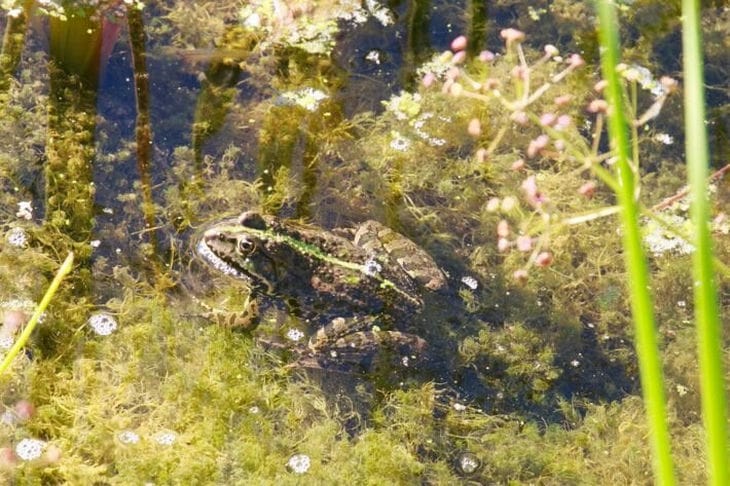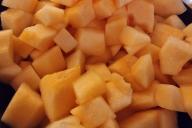While on a routine patrol through Queensland's forests, Conway National Parks employee Kylie Gray froze in her tracks.
In front of her sat an amphibian, the size of which was difficult to comprehend at first glance.
"It's like a joke of nature," she later admitted.

The creature, which resembled a cross between a football and a prehistoric animal, turned out to be a cane frog weighing 2.7 kg - heavier than most newborn babies.
The giant amphibian, instantly nicknamed Toadzilla, was taken in for weighing.
The result stunned even experienced staff: the previous world record, set in 1991 by the Swedish frog Princen (2.65 kg), was broken.
"It was like she was consuming everything around her," Gray said, explaining that such a specimen could feed not only on insects, but also on small mammals.
Scientists estimate that the age of "Zhabzilla" was approaching 15 years - the limit for its species in the wild.
Despite its uniqueness, the frog had to be euthanized—in Australia, cane toads are considered an invasive species that threatens the ecosystem.
The body of "Zhabzilla" was handed over to the Queensland Museum for study.
This story not only added a page to the Guinness Book of Records, but also made us think about how quickly alien species take over new territories, turning from exotic into a threat.
“Such finds remind us that nature is always ready to surprise us, even where we least expect it,” the park’s staff concluded.


